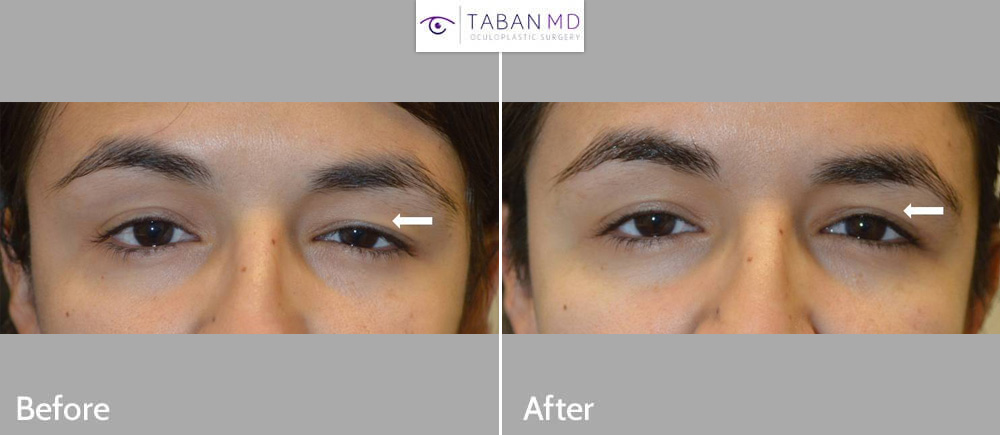
Each patient's surgical outcome will vary. Patients may feel some discomfort, such as soreness and swelling. For several weeks, your mouth may feel stiff. Unfortunately, results cannot be guaranteed. In some cases, a second operation may be required. Patients are advised to avoid smoking, drinking, alcohol, face down sleeping, and excessive movement for at least a week following their procedure. Jaw implant procedures are not usually covered by health insurance. The patient is responsible for the costs.
Chin augmentation
The procedure for chin augmentation takes approximately one hour. It can be done either with general or local sedation. The chin implant is placed in the jawbone's front. Sutures are used for closing the incision. This procedure is very painless and quick. After a week, most patients are able to return to work or their homes. In rare cases, an incision may not be possible in the patient's mouth. In such cases, the surgeon may make an incision under the chin. After the procedure, there are no visible scarring.
There are many factors that influence the cost of a chin-enlargement. One of the most important aspects is the skill level of the plastic surgeon. A more experienced surgeon will produce a better result. Less experienced surgeons are more likely to make mistakes and experience more complications. It is also a good idea to look at before and after photos of a surgeon's work.
Angle augmentation
Jaw angle augmentation, which is an operation that enhances the jaw's proportions and facial balance, is known as jaw angle augmentation. The procedure can either be performed with fillers or jaw implant. Although fillers are temporary and can easily be removed if the patient is not satisfied with the results, jaw angles implants can provide immediate volume improvement. This procedure requires surgery.

It is crucial to select the right type of jaw-angle implants. The surgeon will determine the correct angle using xrays and a clinical exam. The surgeon must hear the patient's vision of the ideal jaw shape. This is especially important if you are using titanium implants.
Cheek augmentation
The cost of cheek augmentation and jaw implants can vary depending upon the surgeon and the individual procedure. Some surgeons charge an upfront fee for cheek implant surgery, while others have flexible payment plans and financing options. Choosing a surgeon based on his or her credentials is also an important consideration when deciding whether to undergo this procedure.
Cosmetic surgeons commonly use fat or implants to enhance the face's shape. During the procedure, a patient will receive general anesthesia or local anesthesia around the mouth. The plastic surgeon will also assess a patient's medical history and recommend the best treatment for him or her.
Implant Chin
A chin implant procedure is a common cosmetic surgery that improves the appearance of the chin. The procedure usually takes around 30 minutes. It can be done under general, local, or sedation anesthesia. The downtime is minimal and most patients are able return to normal activities the following day. There will be some swelling, pain and tenderness following surgery. This should usually resolve within a few hours. Pain medication and cold compresses can help minimize the pain.
There are many types of implants. The most common type is made of silicone. These implants are flexible and soft, and can easily be adjusted by surgeons. Although porous polyethylene implants can be more rigid and integrate better with surrounding tissue, they are also more expensive. Based on the pros and cons, your surgeon will decide which type of implant is best for you.

Implantation of jaw
If you are interested in jaw implants, it is a good idea to find a board certified plastic surgeon. Before selecting a doctor, be sure to talk with them and check out their reviews. The American Society of Plastic Surgeons' tool "Find a Surgeon", can help you find a surgeon who has been board-certified.
Implants can either be made of silicone or another synthetic material. They are shaped to match the jawline and attach with two to three titanium screws. The surgeon will make incisions at the corner and under your chin. The incision, which is sealed in layers, will allow the implant to be inserted. A water-tight seal is created, which prevents oral fluid from leaking into the wound. The entire process takes approximately one to 2 hours.